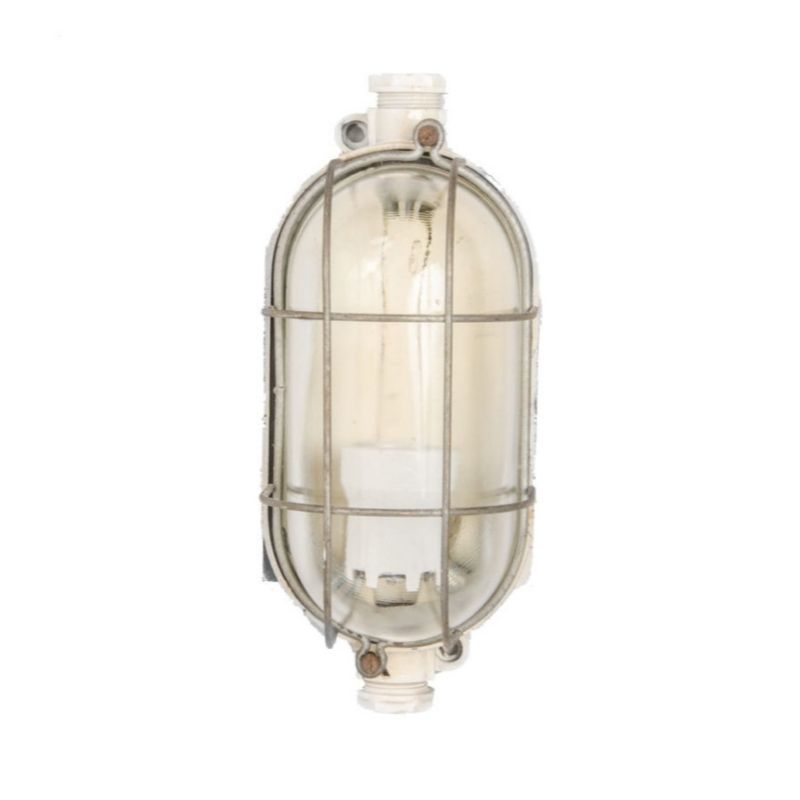so, it's quite funny they made this mistake ? A new hypothesis would be that initially this was a Juhl design, which was modified later on with shorter legs or the chess-aluminum coins on the surface by Cavodius and sold as such. Also, in the catalog page shown by cdsilva, there is no designer name, isn't it ? I'm not saying it's a Juhl piece, I am still puzzled on how the author of this book got it to be a Juhl piece.

Oh and to clarify a point: Poul Cadovius bought France & Søn in late 1966. He continued to use the brand for a long time and to produce new designs with it although none are nearly as notable as before. He also owned the company Royal System which made the wall systems he is known for. Cado as a name did not exist before 1970 when he created it as the overarching company that owned both France and Søn and Royal System. So when you see a Cado medallion it can be used to date a piece. You will notice that such pieces still have the France and Søn foil stamp too. France & Søn was probably around until at least the late 1970 or maybe 1980s.
can't it simply be that the attribution to cavodius is wrong for one of these versions, and the original version was indeed a Juhl piece ? I would not be suprised if there was confusion on the museum's catalog. In any case, I would expect if this was a Juhl piece to be on a later France & Son catalogue (later than 1961, as it is not on the 1961 range), if anyone of you happens to have it. On the page reported by cdsilva, there is no mention about the table, only about the sofa series called revolte, as far as I can see. This could be a similar case of the Jalk 118 armchair, which was somehow very similar to the later armchair designed by F. France himself, and that today gets often confused with the Jalk chair...
can the label reported here help to date if this is before or after 66 ?
If you need any help, please contact us at – info@designaddict.com









